
Sam Low

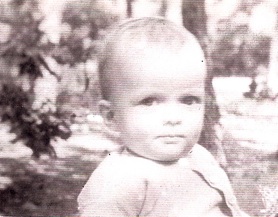
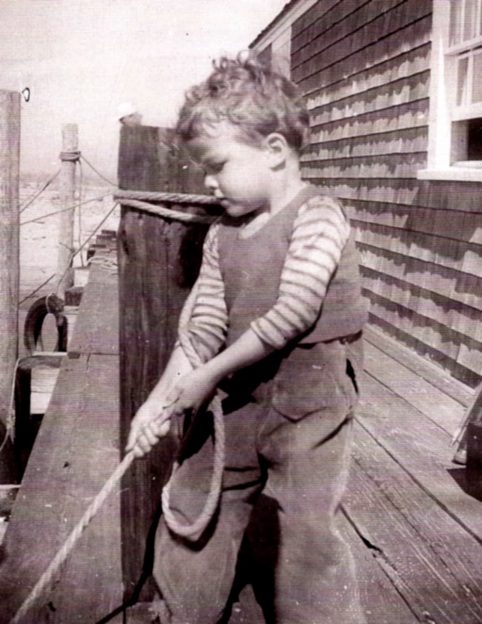
The Port Hunter
A British freighter that san off Hedge Fence Shoal in 1918, was my playground from 1959 to 1964. I was eighteen when I first dove on the ship. This experience prepared me for life in many ways and I would spend the next four years working on national Geographic Society diving expeditions in the Mediterranean.
Below: a selection from a Gazette article I wrote in 1960 (my first published article - obviously).
Something Enormous Nearby
Arnold (Carr) beckoned to me and we swam forward about twenty yards until we realized that something was wrong. We could both sense the presence of something enormous nearby, although we had not seen anything yet. Very carefully, we swam forward until ahead in the misty sea we could see the dark form of something very large. I looked up and could see a shadow disappearing into the translucent sea that surrounded us. Slowly, we inched forward toward the ever darkening patch of water that loomed ahead of us. I cannot describe the true impact of what I saw, let it suffice to say that I have never seen anything so mysteriously beautiful and exciting as the dark form that confronted me there, sixty feet beneath the surface of the ocean. I extended my spear gun and pointed it in front of me as I slowly inched forward. I was awed at the sight before me and could not believe that we had found the wreck so easily. My spear touched something solid. I jabbed at it. The unmistakable hollow sound of steel rang dully there in the sea.
Both of us jumped forward to caress the bow that stretched up above us as far as we could see. We screamed for joy and shook each other's hand in our wild delight at having found the wreck and in such good condition. Arnold and I swam upward slowly, our ears screaming with the release of pressure as we rose. The bow of the freighter was well defined and rose for about thirty feet. The whole ship was encrusted with some sort of brown sea growth, but the plates and anchor port of the freighter were still clearly defined. It was a clean wreck! I couldn't help thinking that this was all a dream in which I was reliving the exploits of Cousteau that I had seen many times in the movies and read about in his books.
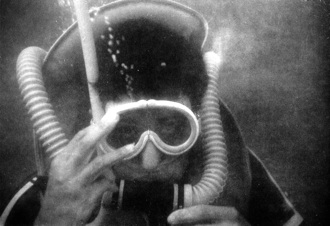
Sam diving on Port Hunter - a famous shipwreck on Hedge Fence Shoal

Dick Jones, Sam Low, Willy Jones with artifacts from the Port Hunter c. 1962

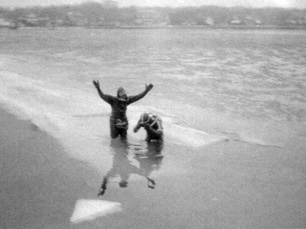
Arnie Carr and I went down to the island in his Austin Healy in the winter of 1963 to dive under the ice of Oak Bluffs Harbor. Why? Why not?
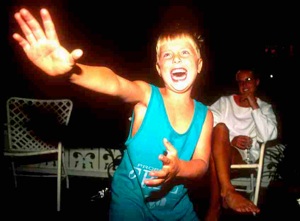
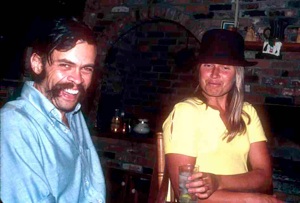
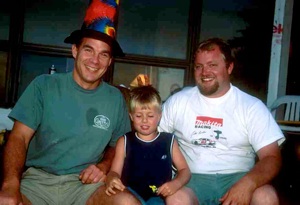
Sam and Karin - left; Mathew and Julie - right; Mike Ryan, Matthew (little), Matthew (big) center.
Memories
In the woods, where I lived with my parents, I remember tall pines sheathed in bark like the skin of alligators, their high branches exploding in the sunlight. Amidst the pines, we lived in a "gingerbread house" that came from the campgrounds where Mom and Dad and their artist friends often painted. It was in August 1938, during the depression. The house was small. I had a "for sale" sign on it. The owner, a Mrs. Alice B. Burns, had moved to Cape Cod. It would cost one hundred dollars. "What shall we do with the furniture in it" my parents asked. "Keep it," was the response. (I have the letter dated August 24, 1938).
My first Vineyard summer was in 1942, just after I was born. My first memory is of riding a wooden horse from a carousel that was affixed to a pole in our front yard. Then I remember being in a hurricane when many relatives came to our house, deep in the woods, for refuge. I shined a flashlight in their faces and was amazed at the emotion there-the first time I saw adults display fear.
I remember rowing a square-stern Old Town canoe between the jetties to "Louise's Beach" nestled against the north breakwater where the ocean was deep and the sand smooth. Following my father along the beach as he hunted for boat-shells and periwinkles and-horror of horrors-ate them. Lying on the curved floor of a canoe on a still summer afternoon and listening to the lapping of water. Digging clams in front of the Vibbert's house.
I remember walking barefoot down the sand road from my house and across the tarred portion of it in front of Ted Hart's-the road knubbled with round smooth stones, and warm-and then across the highway (with almost no traffic so it was safe for kids and dogs) and down to the harbor in the bracing air and out onto the gray planks of the docks.
I netted crabs in the morning, starting at the Young's dock and working south to the Vibberts-six docks there were, all owned by relatives-but Stan's was best because there were so many fish heads on the bottom there to attract crabs. Then I went from house to house to sell them, ten cents each, twenty-five for the soft shells. When I was seven, Stan loaned me a one-and-a-half Evinrude and a skiff that I captained up and down the harbor until I ran out of gas. The duration of my noisy excursions was sufficiently long that the number of miles an Evinrude could run on a tank of gas became a common topic of conversation among adults with houses fronting the harbor. An agreement was soon reached that limited my boating from 9 AM until the beginning of cocktail hour at 5 PM.
My Dad taught me to row a skiff backwards, making no noise, as he speared eels in the harbor on calm nights. "No sound except the water dripping from the oars," he said. Then a sharp splash as the spear went down and the slimy eel slithering along the bottom of the boat. I learned to put my heels up on the gunwales and continue to row. Up at Stan's, Aggie always bellowed EEEEELLLS when I brought her some. I felt like I was bearing gold and diamonds. Walter Korder, my father's artist friend, went ass over teakettle on our porch when the pliers he was using to skin an eel lost its grip. A conger eel that looked dead bit my father's wrist and we employed two screwdrivers to pry it loose. My father stretched a net across the harbor entrance at night and found big holes when he hauled it out in the morning. Sharks, probably, or big stripers. Beneath its placid surface, the harbor was wild.